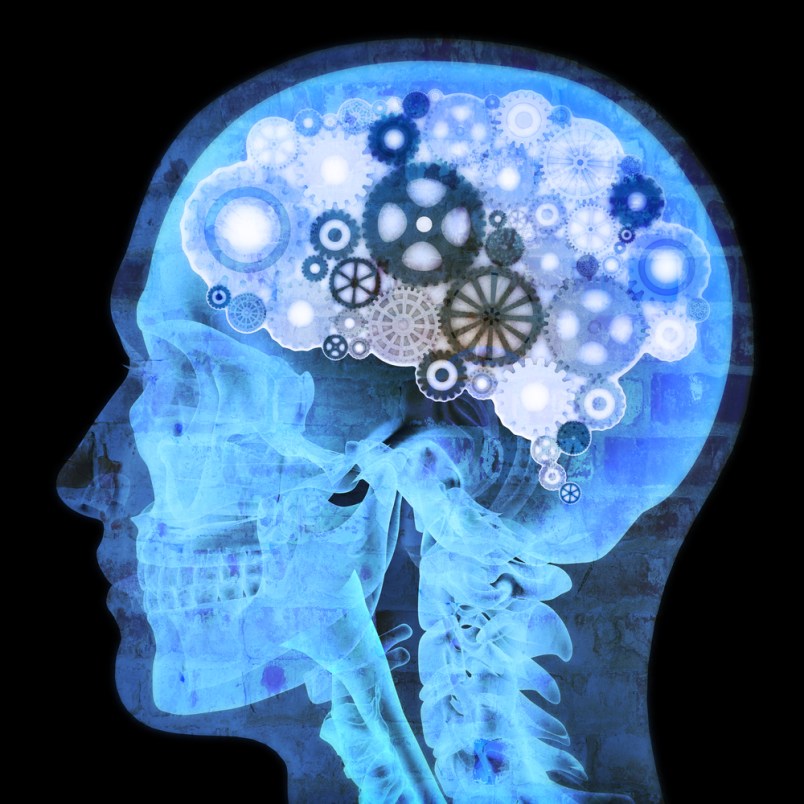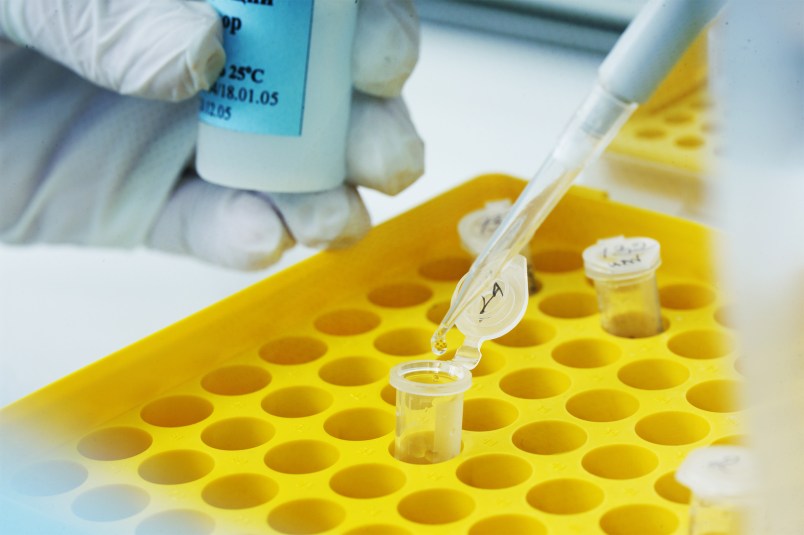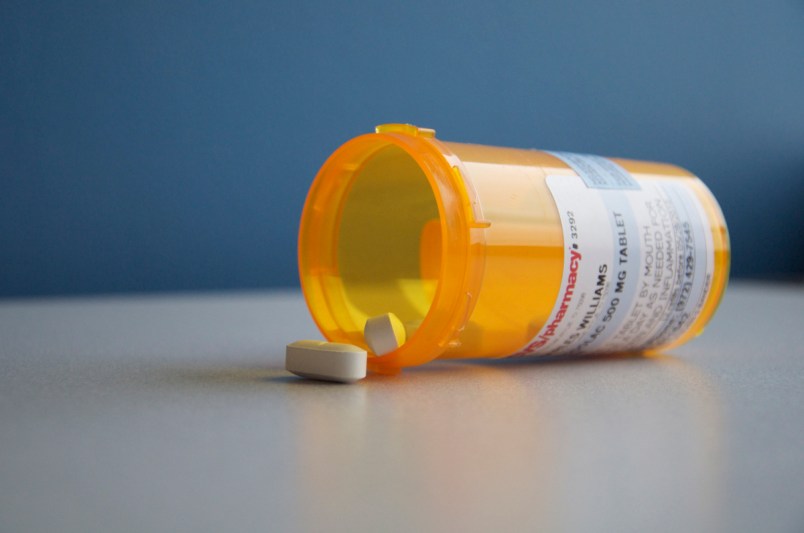More common than cancer and heart disease combined, mental illness is the leading cause of disability in the United States. According to the National Institute of Mental Health (NIMH), approximately one in four American adults—or about 61.5 million—have been diagnosed with a mental health disorder, which is more than the combined population of the top 65 most populous U.S. cities. These disorders, which include illnesses like ADHD, anxiety, autism, depression, schizophrenia and substance abuse, cost the U.S. economy $317 billion in lost wages, healthcare expenditures and disability benefits—$6 billion more than the annual U.S. defense budget.
For more than 50 years, pharmaceutical research has aimed to improve the quality of life for those affected by mental illness.
And while research into mental conditions continues to be challenging, below are six innovative and promising new treatments that are currently in development or are awaiting review by the U.S. Food and Drug Administration (FDA) that could help those living with these illnesses lead healthier and more productive lives.
1. A Nasal Spray To Treat Social Anxiety

More people suffer from social anxiety in the United States than live in India’s largest city of Mumbai. People with social anxiety, or social phobia disorder, struggle to participate in common, day-to-day things such as meeting new people, shopping at the grocery store or going to work. However, a new medicine—administered through a nasal spray—could potentially reduce symptoms for those affected. The spray releases a class of psychotropic pherines to act on the hypothalamic-limbic system, thought to be the brain’s primary emotional center. Clinical trials of the new medicine showed it to reduce anxiety and to improve social performance within 10 minutes of being administered.
2. Targeted Treatments For Schizophrenia Based On Human Genome Research

Schizophrenia affects about one percent of America, which equals as many people as live in Chicago. Nearly 50 percent of people afflicted with schizophrenia also suffer from depression. The good news is that more than 30 new medicines are in development to treat this debilitating disease, many the result of advanced research on the human genome. As scientists have strived to learn more about the underlying biology of schizophrenia, they have identified gene variants and mutations in people with the disease and compared them to people without the variations. This evolving knowledge has resulted in a number of potential new treatments based on regulating the activity of neurons in the brain to improve cognition and avoid the side effects of current treatments.
3. Vaccines For Substance Abuse

Each year, it’s estimated that the total overall cost of substance abuse in the United States, including productivity and health- and crime-related costs, is more than $600 billion. That’s more than the GDP of Saudi Arabia and $140 billion more than the total worth of Apple, the world’s most valuable company.
Nearly 24 million Americans aged 12 and older have used an illicit drug, including cocaine. In 2008, there were approximately 1.9 million cocaine users in America.
While there are no current medications that directly address cocaine addiction, a therapeutic vaccine in development has the potential to be the first. The vaccine works by inducing antibodies to bind to cocaine in the blood and stop it from reaching the brain. This would effectively reduce the euphoric sensation of taking the drug, potentially helping to lower an addict’s impulse to use it again.
4. Depression Medications That Target Memory And Learning Functions To Work Faster And For More People

Major depressive disorder affects nearly 15 million adults—more than the population of the country’s three largest cities combined. It is the leading cause of disability among Americans ages 15-44. It is also a major risk factor for suicide, the 10th leading cause of death in America in 2011. A problem with trying to treat major depressive disorder is that as many of 40% of those affected do not respond adequately to available medicines, and these treatments can often take several weeks to take action.*
Acting on evidence that NMDA receptors—essential elements in the brain’s memory and learning functions—are linked to the pathology of depression, new medicines are currently in development to better treat those who are unresponsive to current treatments. These medicines have the potential to rapidly reduce depressive symptoms, potentially aiding suicide prevention.
5. A More Efficient Medicine For Managing ADHD

The most common mental disorder among children and adolescents, Attention-Deficit/Hyperactivity Disorder (ADHD), affects about one in every 20 children. This means that the number of children currently living with ADHD in America is roughly equivalent to the entire population of Los Angeles. Many of these kids depend on taking medicines multiple times a day to focus and control behavior. To create a more effective, once-daily treatment, researchers are developing a long-lasting compound capable of treating a broad range of ADHD-specific symptoms by targeting the serotonin, norepinephrine and dopamine chemical pathways in the brain, potentially freeing ADHD patients from having to interrupt their routine to take medication multiple times a day.
6. Innovative Therapies For Eating Disorders

Nearly 3% of the U.S. population—roughly as many people as live in Kansas—suffers from a disease known as binge-eating disorder. These recurrent episodes of excessive eating have been linked to obesity and co-morbid depression, and while current medications have been shown to help in some cases, they lack the specificity to target pathological causes and have not been shown to reduce weight. Good news is on the horizon, as new treatments in development address causes such as abnormal signaling by dopamine and norepinephrine neurotransmitter systems. Patients participating in a clinical trial for one new medicine lost an average of approximately 10 pounds.**
Sources:






